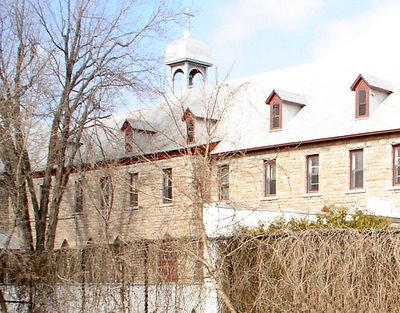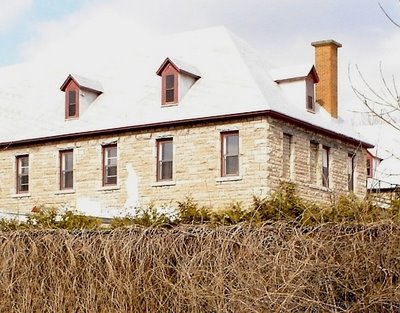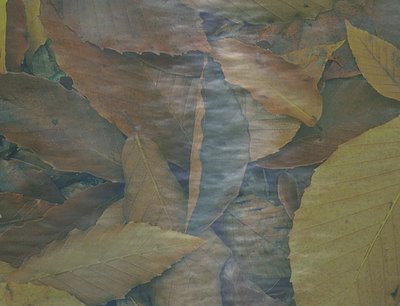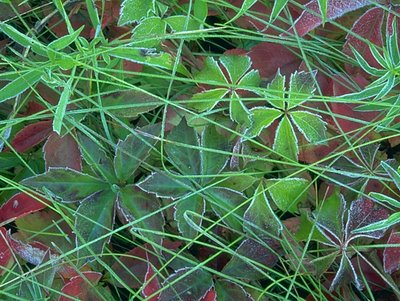
Anansi Boys, Neil Gaiman
(Headline Review)
ISBN 0755305078
IT BEGINS, AS MOST THINGS BEGIN, WITH A SONG.
In the beginning, after all, were the words, and they came with a tune. That was how the world was made, how the void was divided, how the lands and the stars and the dreams and the little gods and the animals, how all of them came into the world.
They were sung.
The great beasts were sung into existence, after the Singer had done with the planets and the hills and the trees and the oceans and the lesser beasts. The cliffs that bound existence were sung, and the hunting grounds, and the dark.
Songs remain. They last. The right song can turn an emperor into a laughing stock, can bring down dynasties. A song can last long after the events and the people in it are dust and dreams and gone. That's the power of songs.
There are other things you can do with songs. They do not only make worlds or recreate existence. . . .
Neil Gaiman, Anansi Boys








































